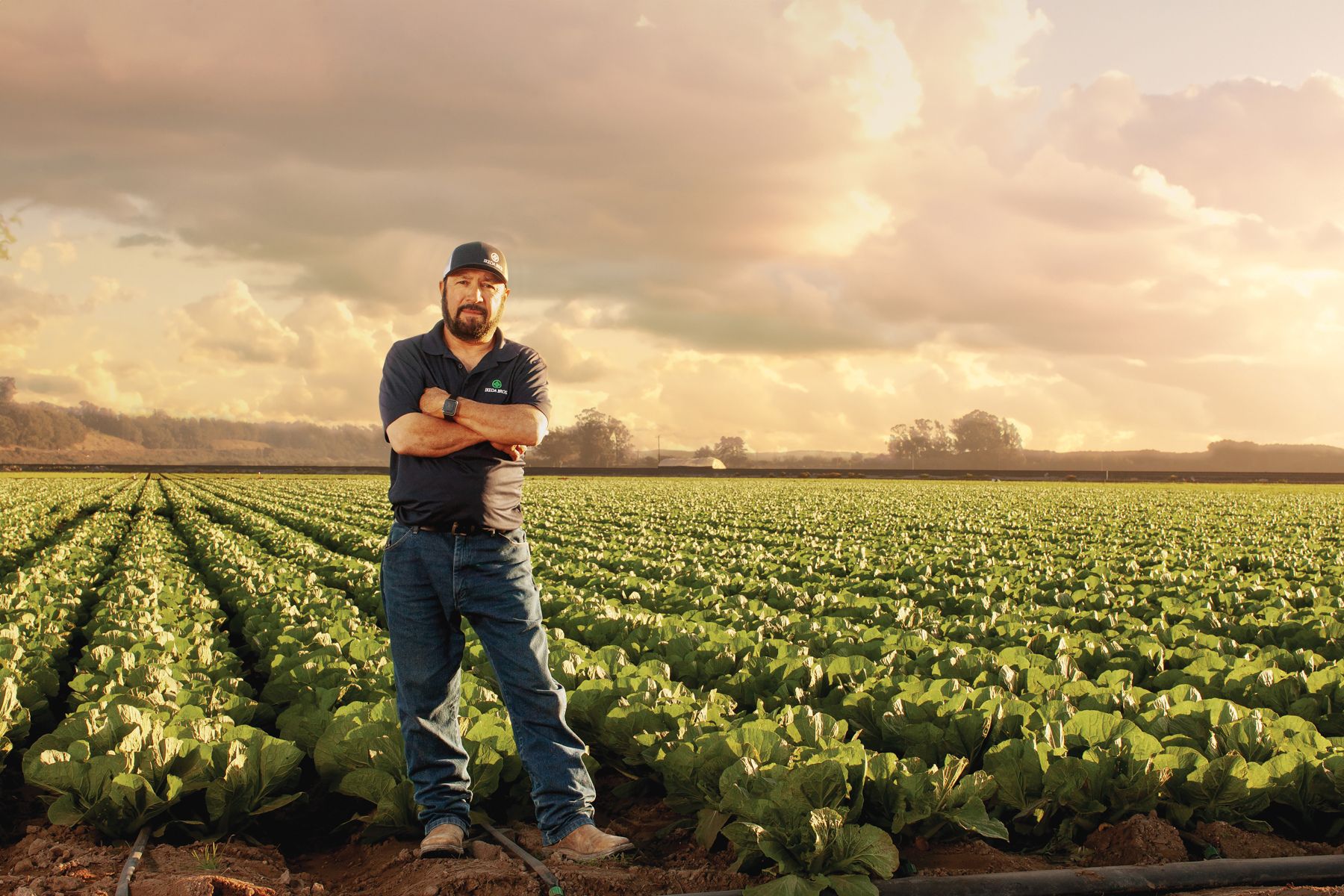
The Hands that Feed Us: Ikeda Brothers
From Mexico to Nipomo, a farmworker’s story of pride in feeding his community.
Story by Aja Goare
Photography by Jennifer Olson
The towers of gleaming produce in the grocery market stands inspire in Hector Chavez a sense of honor. A farmworker since he moved to the United States from Mexico in 1985, Hector knows the backbreaking labor that went into harvesting these products. “We provide food — good food — to the community,” says Hector. “I see those veggies on display and I’m proud.”
Hector came to the Central Coast when he was 17 and started work for Ikeda Brothers as a harvester. Now, after nearly four decades of work for the company, Hector is a Ranch Supervisor. He oversees the picking operation, ensures crews have the necessary equipment and assesses crops for disease and other concerns.
About 162,500 farmworkers worked in California in 2019, according to the most recent data, and more than 85 percent of the state’s agricultural workers are Latino “These are special people that can work this hard,” says Hector. Long hours in the hot sun, doubled over to reach edible treasures clinging to vines, farmworkers endure difficult physical labor, often in exchange for what the California Latino Legislative Caucus calls “poverty” wages. Hector says he is grateful his employer values the work of him and his crew. “My company has a lot of respect for workers — they understand how hard it is. They do right by us; I feel good about it.”
The total value of agricultural commodities produced in San Luis Obispo County reached a record high in 2022 of $1.08 billion. But the ever-evolving landscape of the digital marketplace has created a distance between consumers and their food. Groceries ordered online arrive at the front door with likely no indication of where or how the food was produced. “Behind the salad their family enjoys every day, there is a lot of hard work and passion and people watching that product to make sure it’s safe and quality,” shares Hector. “People order on their computers and they don’t know where their food comes from or how hard crews worked to provide it.”
Since he was a boy in Guanajuato, Mexico, Hector has held a high regard for the farm. He grew up harvesting produce alongside his brothers and sisters in a fertile agricultural region known for its strawberries, mangoes, bananas, oats, sorghum, chiles, onions, cauliflower, broccoli, asparagus, peas, tomatoes and alfalfa. “Farming was the main economy,” he explains.
At 55 years old, Hector no longer does the difficult physical labor but he still begins his work day at 5am. Working alongside his son, who manages inspections, Hector spends most of his time on ranches between Arroyo Grande and Oceano. As farms across the country experience labor shortages due to absent immigration reform, Hector says finding workers is more difficult. Still, as an essential cog in the greater agricultural system, he and his crew press on, working around the clock to put food on the table for Californians and people around the globe.

